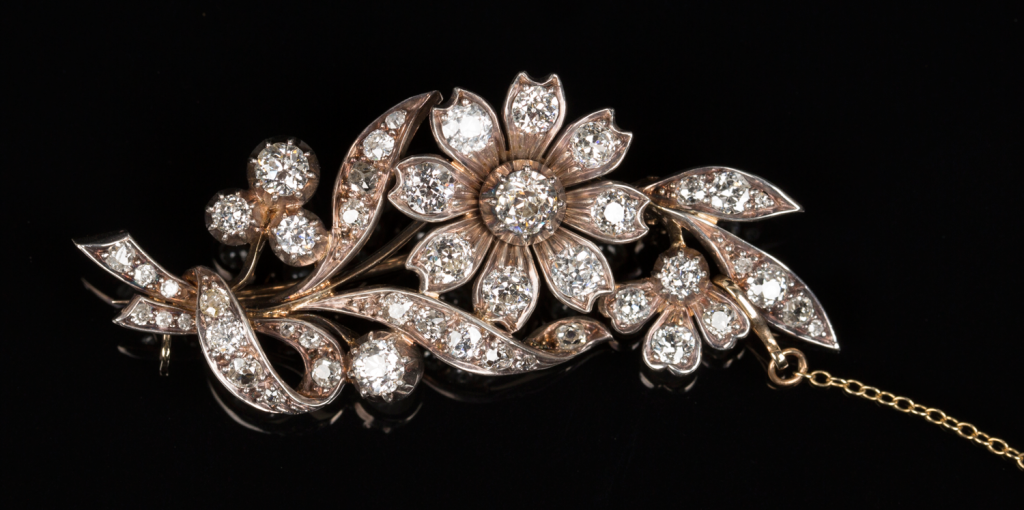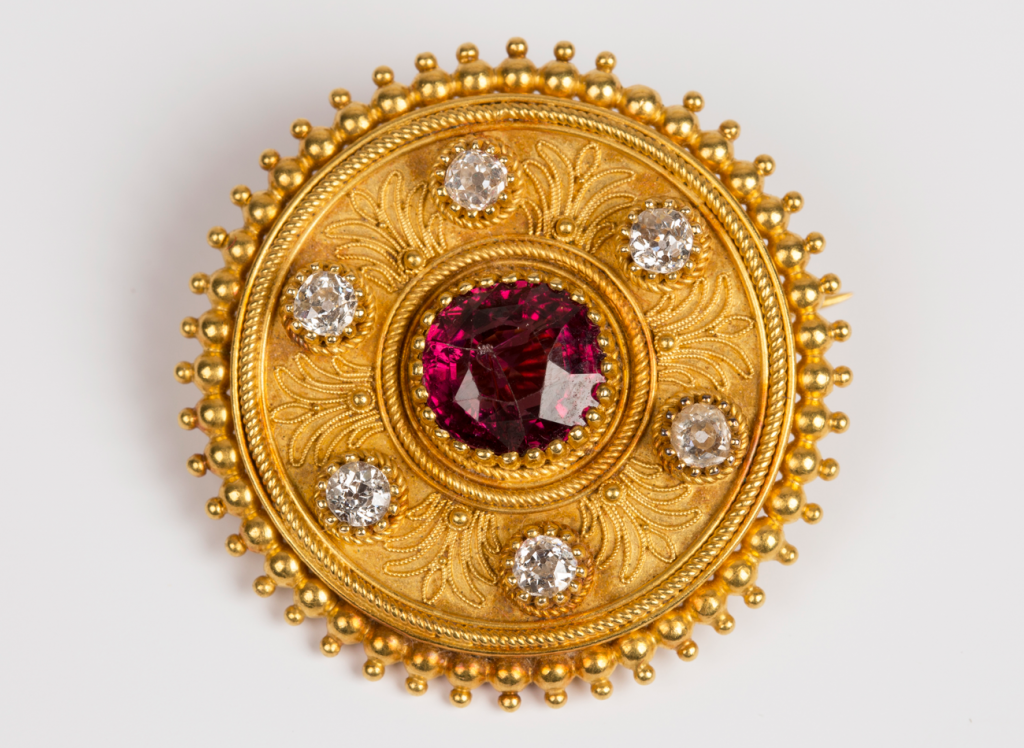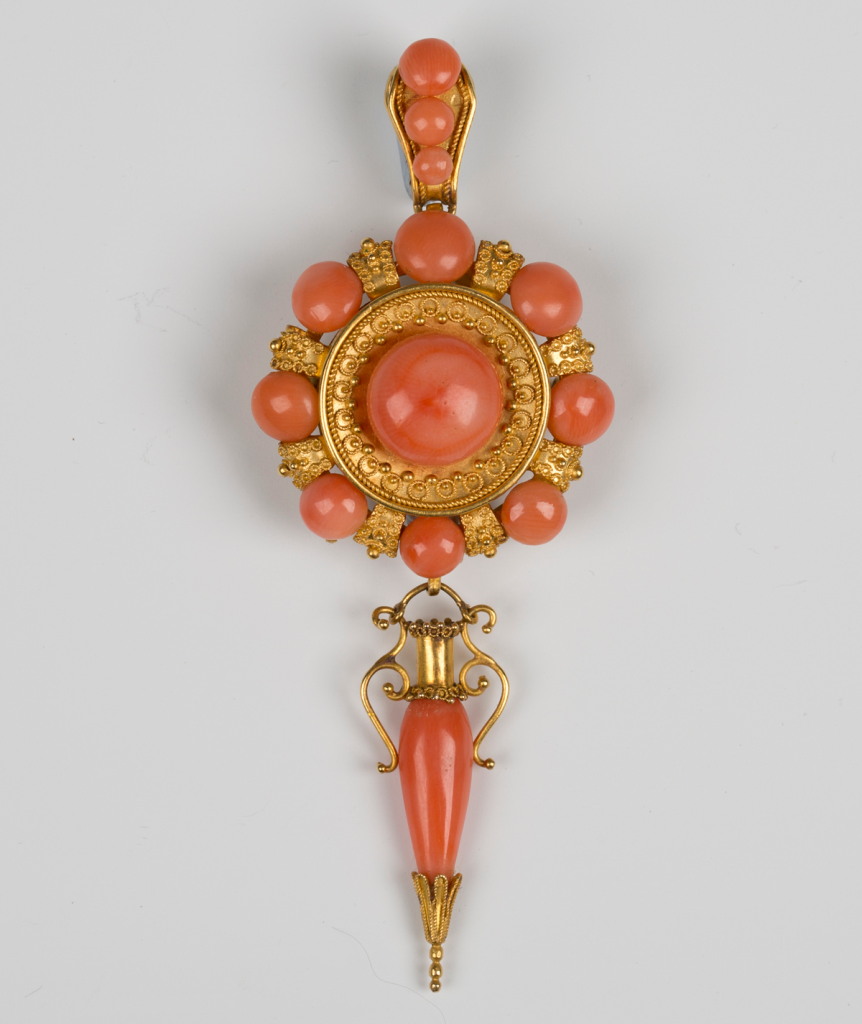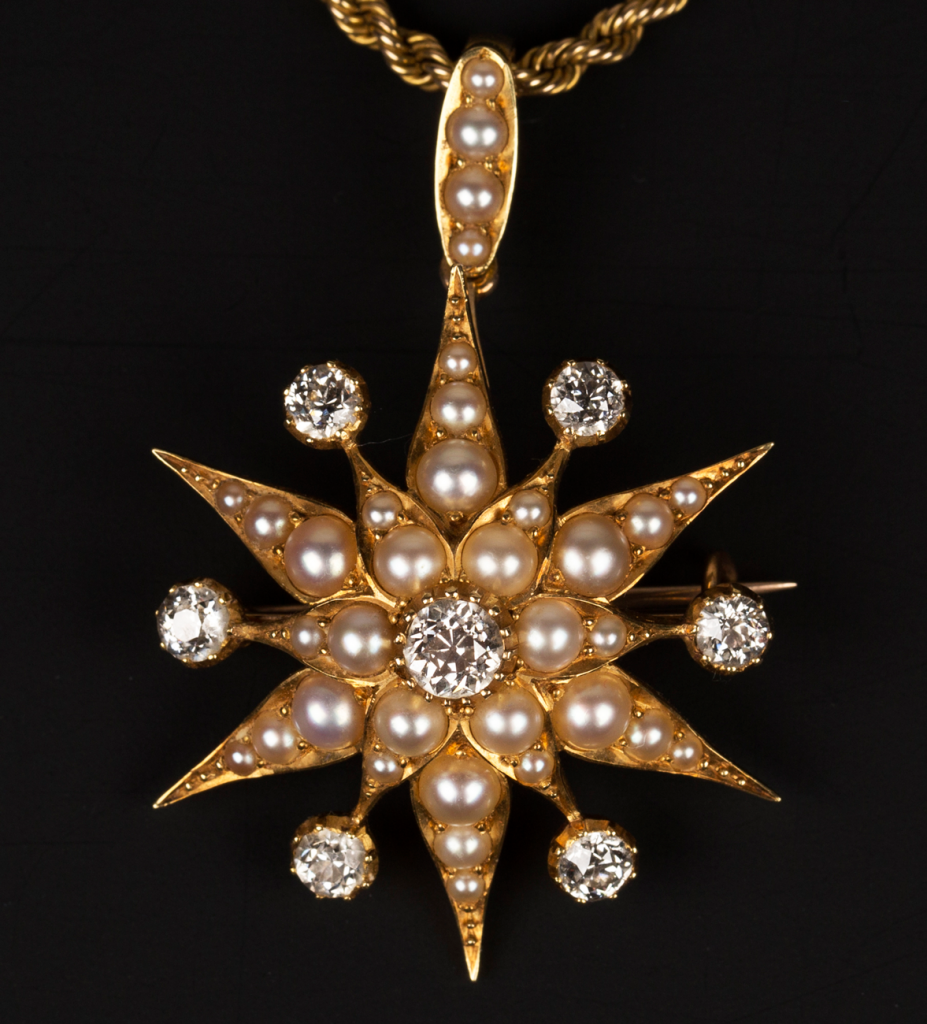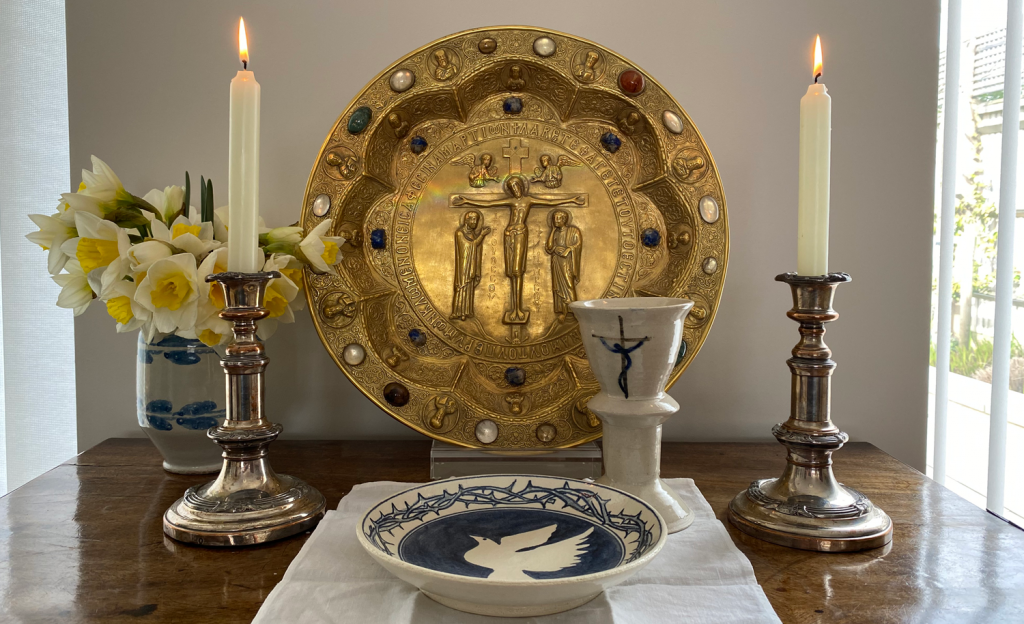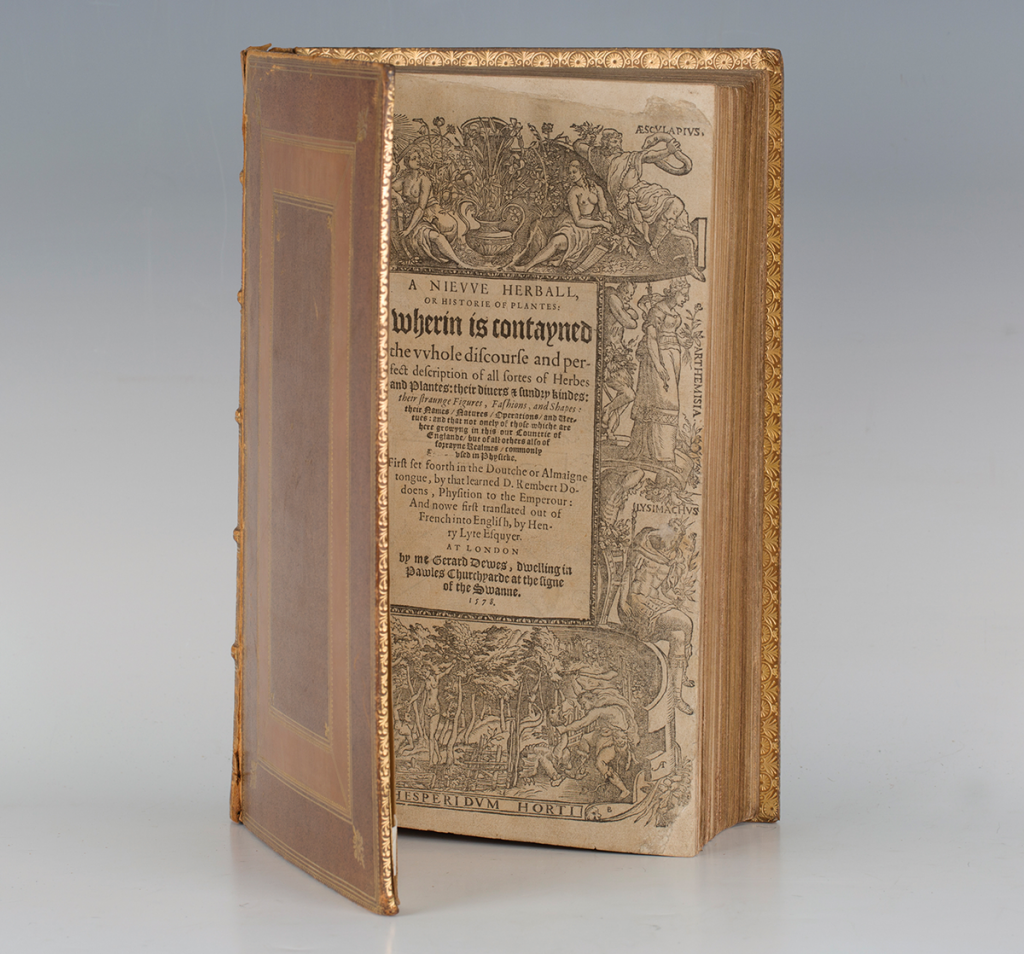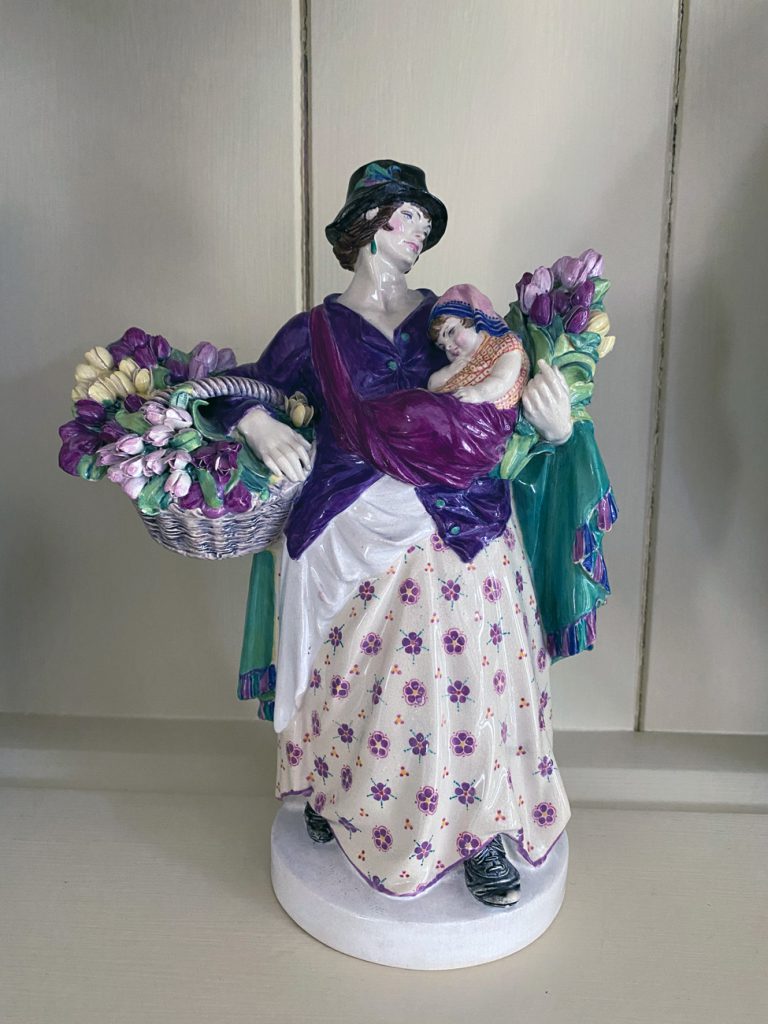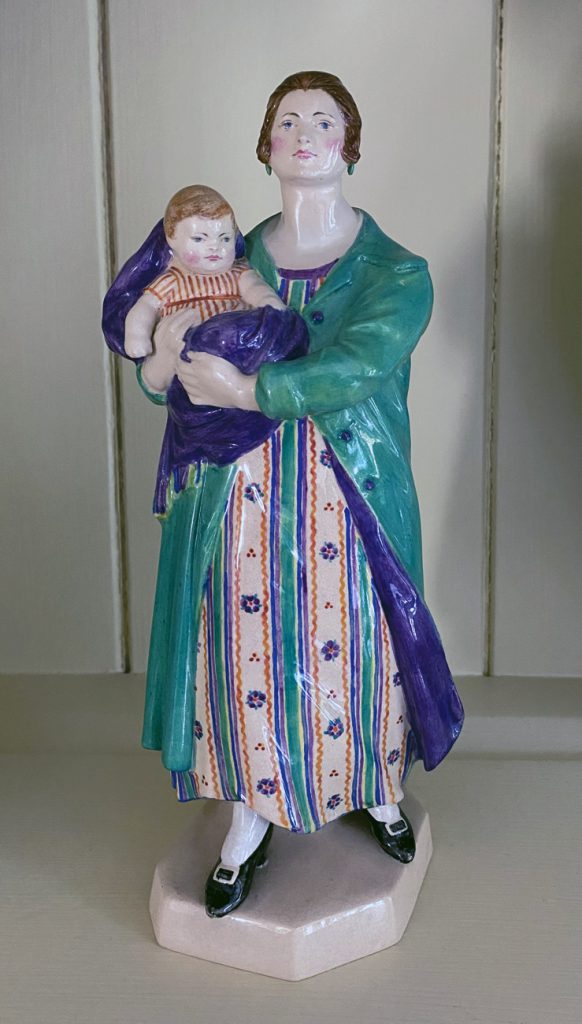
Rarely has our nation’s common story, our long island history, our values of duty and service been as eloquently upheld as through the lives of HM Queen Elizabeth II and her husband HRH Prince Philip.
The Queen and Prince Philip have been bound up not only with the nation’s life but with our own lives as individuals. Together we have shared their joys and sorrows as they have shared ours. Together, here in Sussex and across the United Kingdom, we hold The Queen and her family in our hearts and our prayers as we mourn the loss of Prince Philip.
HRH Prince Philip, the Duke of Edinburgh has been the longest serving Royal Consort in history. His strength of character enabled a life of service supporting The Queen throughout her long reign and his family, at the heart of the nation and the Commonwealth.
Separated from his family in his youth through revolution and his mother’s illness he came to live with his Mountbatten relatives in England. He studied under the Jewish educational pioneer Kurt Hahn in Germany and then in Scotland at Gordonstoun after Hahn had fled the Nazis. He later claimed that Hahn was the inspiration for the remarkable Duke of Edinburgh Award scheme which continues to encourage young people to challenge themselves and grow as individuals.
He first met the young Princess Elizabeth at the Britannia Royal Naval College where he was charged to escort both her and Princess Margaret.
With the war looming his family encouraged him into the Royal Navy. He played an important role as the officer in charge of HMS Valiant’s searchlights at the Battle of Cape Matapan in 1941 and was mentioned in dispatches. By the October of 1942 he was one of the youngest lieutenants in the Royal Navy aboard HMS Wallace.
Prince Philip was invited to stay with the Royal Family on a number of occasions. He and Princess Elizabeth corresponded and their affection for each other grew. In 1946 Prince Philip asked George VI for his daughter’s hand in marriage. They were married in 1947 at Westminster Abbey.
He was given his first command of the sloop HMS Magpie in 1950. In 1951 he took leave from the Royal Navy to support his wife as the King’s deteriorating health meant increasing Royal duties.
Elizabeth acceded to the throne upon her father’s death in 1952 and was crowned in 1953.
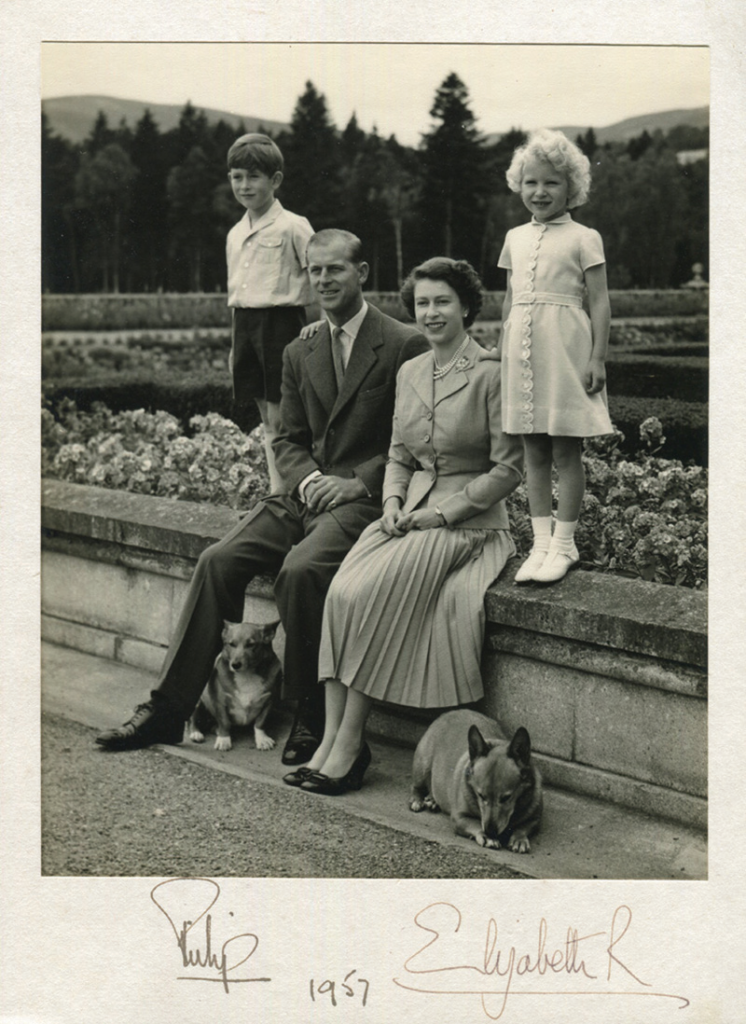
Photographs can give such an insight into a moment in time. The portrait of HRH Prince Philip in naval uniform provides a glimpse of the energy and vigour which would define his life. The photograph from 1957 of The Queen and Prince Philip with the young Prince Charles and Princess Anne shows a family happy and at ease.
Prince Philip’s passion for creating opportunity for individuals, conservation, his ability to embrace and lead change, his excitement in science, technology and industry remained undiminished.
Throughout his life he pressed on regardless of undoubted challenges serving his Queen, his family and the nation with unswerving service and duty born out of faith. And it is to this example that we must look as our nation emerges from the challenges of Covid-19.
